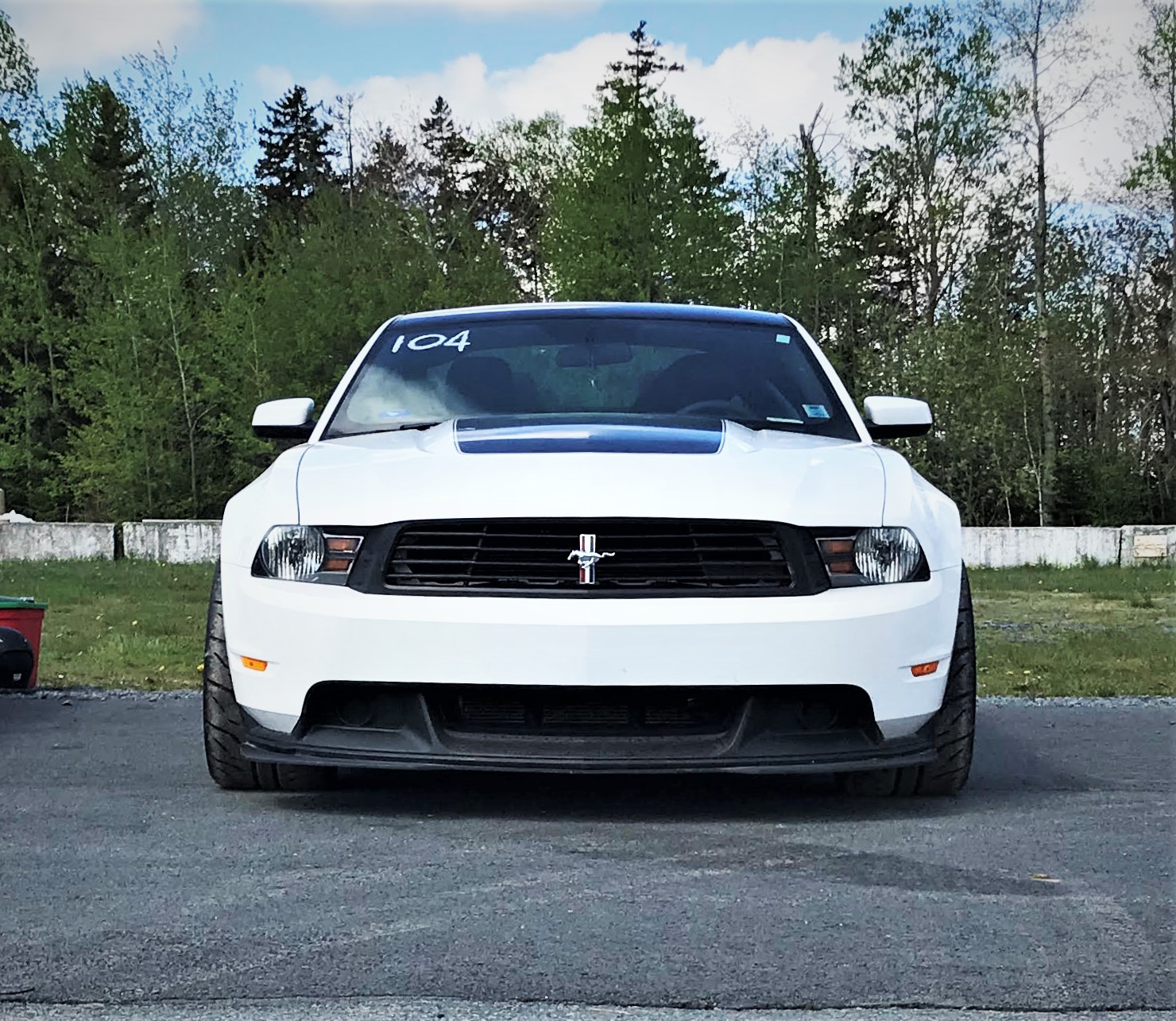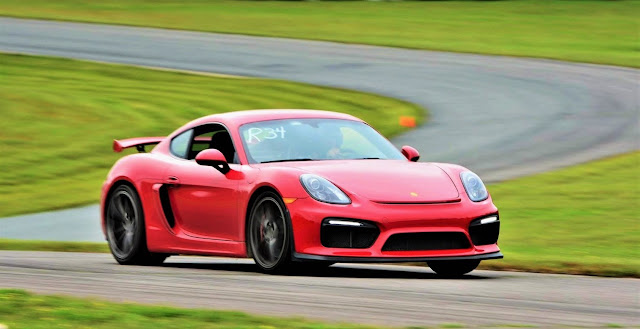BMW M2 equipped with an eLSD - BMW © A few weeks ago, I posted about traditional clutch-type limited slip diffs (LSD's) and how they work. You can read about those in the previous post: How Limited Slip Diffs Make You Faster on Track . But as you might know or have learned from reading the article, they aren't without their faults, which means engineers are always working to get around those limitations. You may not be surprised to learn that something like the Ferrari 488 GTB doesn't use a traditional limited slip diff, but it's not limited to super cars, far from it. Cars like the Golf GTI, the Civic Type R, various Mustangs, Corvettes, and BMW M cars, and even the Lexus RC F and GS F, all avoid a traditional limited slip diff in favour of one of these technologies. To keep things simple, I'll focus on two wheel drive vehicles. The vast (vast) majority of principles apply to all and 4 wheel drive vehicles, but there are some subtle differences that I'll
A few weeks ago, I made a post explaining mainstream AWD system types and how they compare , pros and cons, etc. including some simple diagrams to show where the power goes and how much. As promised, this post will focus on specific cars and what AWD systems they use, especially ones that that have more or less been defined by their AWD systems, and the best place to start may be with a bombshell; the Nissan GT-R. Nissan GT-R (R35) The GT-R has built a reputation around having monster traction and very approachable performance, thanks to its AWD system - Advanced Total Traction Engineering System for All-Terrain (ATTESA) - and what it can do for you. But the GT-R doesn't actually use the most mechanically sophisticated type of AWD systems discussed in the previous article, namely a "true" AWD with a centre differential. Instead, it uses a clutch pack to transfer power. RWD-based clutch-type AWD schematic - Rams Eye The Track Guy © The R32, R33, and R34 Sky










